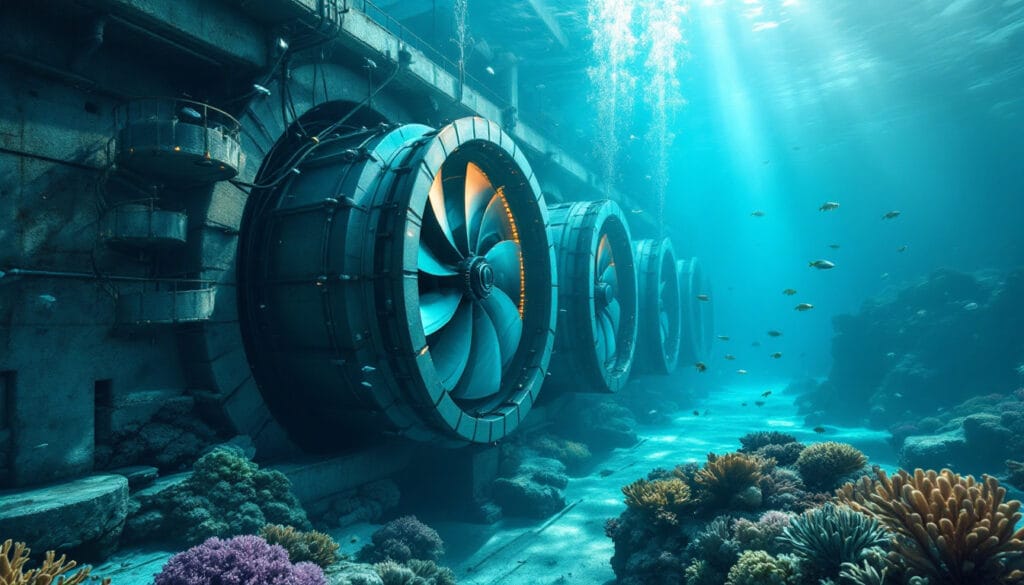Bioplastics represent a major innovation in the plastic materials industry. Made from biologically sourced materials, they offer a sustainable alternative to conventional plastics. This article explores the definitions, types, advantages, disadvantages, and ecological implications of bioplastics.
Definition of Bioplastic
The term bioplastic refers to two realities: biodegradable plastics and bio-based plastics. A bioplastic is a material made partially or entirely from naturally sourced and renewable materials. This means they can come from plant resources such as corn starch, sugarcane, or algae.
Types of Bioplastics
There are mainly two types of bioplastics:
Biodegradable Bioplastics
These plastics are designed to break down under specific conditions. Biodegradation involves naturally occurring microorganisms breaking down the plastic into non-toxic elements, such as water, CO2, and compost. A common example is PLA (polylactic acid), which is both bio-based and biodegradable.
Bio-based Bioplastics
These are made from renewable plant-based raw materials but are not necessarily biodegradable. For example, polyethylene (PE) can be produced from ethanol derived from sugarcane. Although bio-based, this type of bioplastic retains the same properties as conventional plastics and does not decompose naturally.
Advantages of Bioplastics
Bioplastics offer several significant advantages:
- Reduction of oil dependence: By using renewable resources, they help decrease the use of fossil resources.
- Lower carbon footprint: The production and decomposition of bioplastics generally emit fewer greenhouse gases compared to traditional plastics.
- Compatibility with the circular economy: Biodegradable bioplastics can be composted, creating a more virtuous lifecycle.
Disadvantages of Bioplastics
Despite their advantages, bioplastics are not without flaws:
- Limits of biodegradability: Not all bioplastics are biodegradable under natural conditions. Some require specific industrial facilities to decompose properly.
- Competition with food: The production of certain raw materials for bioplastics can compete with food crops, raising ethical questions.
- Production costs: The transformation of plant raw materials into bioplastics can be more expensive than the production of traditional plastics.
Ecological Implications
Bioplastics represent an ecological alternative to conventional plastics, but their true environmental impact depends on various factors, such as the source of raw materials, the manufacturing process, and degradation conditions. They can significantly reduce plastic pollution if used and managed correctly. Nevertheless, they are not a one-size-fits-all solution and should be part of a comprehensive approach for a more sustainable society.
“`
Articles similaires
Thank you!
We will contact you soon.













